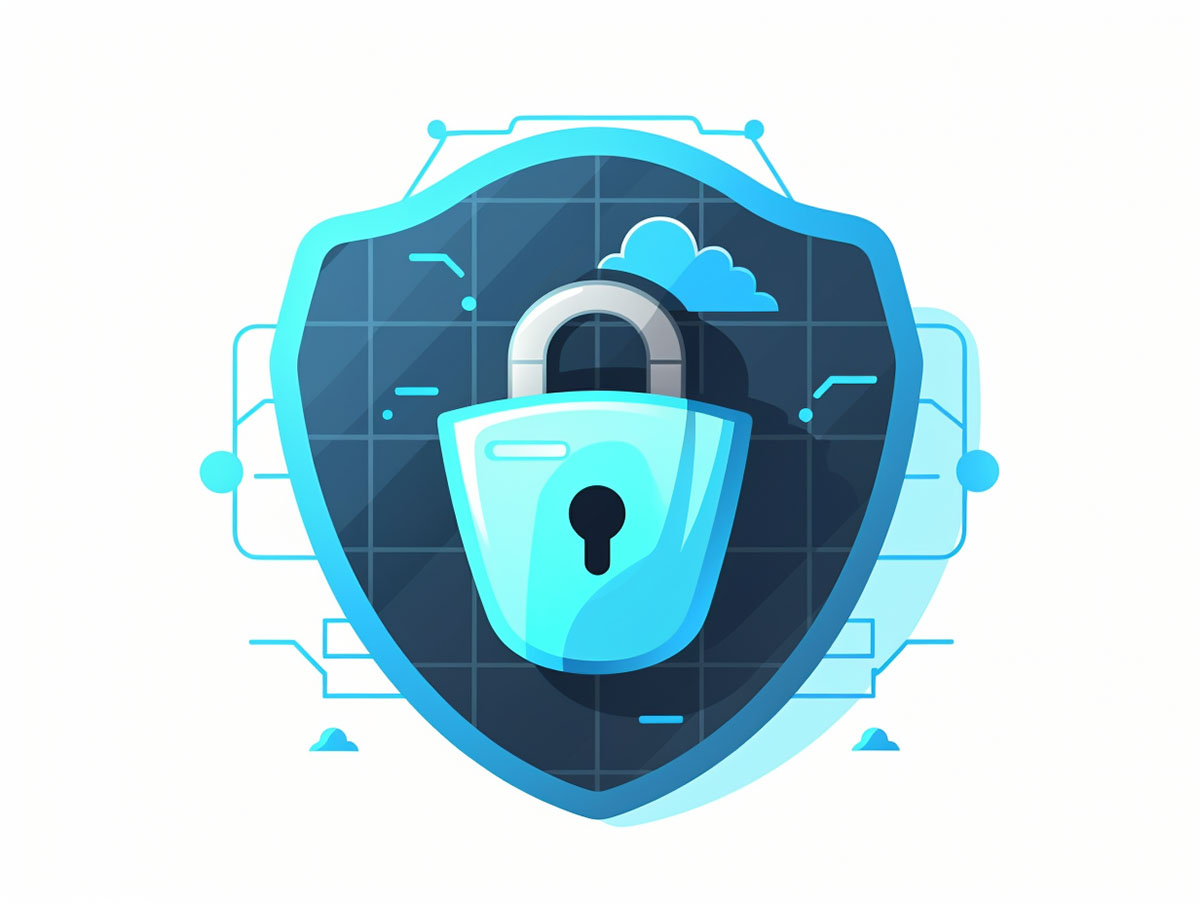Steganography is a technique used to hide data within other data. In practice, it could be hiding a text message in an image, a video, or an audio file. The goal is to make the embedded information seem as non-suspicious as possible to avoid detection. This method is often used as a secret communication channel to protect sensitive information.
Steganography Examples
1. Hidden Text in Images
Steganography can be well demonstrated through the technique of hiding text within digital images. This technique is very common due to the large amount of data that images can hold and the innocuous nature of sharing images online or storing them on a device.

Stay One Step Ahead of Cyber Threats
To hide a message in an image, slight modifications are made to the color values of certain pixels. These changes are so minimal that they’re unnoticeable to the naked eye, ensuring the image appears unchanged.
The hidden message can only be revealed when the image is opened using specific software. This software knows exactly where to look for these minor alterations, allowing it to decode and reveal the hidden text.
This technique can be used to secretly transmit sensitive information while avoiding the usual scrutiny that encrypted data could draw from third parties or security systems.
2. Covert Audio Messages
Steganography isn’t limited to visuals, it can also be applied to audio files. By subtly modifying audio frequencies, a secret message can be embedded into a sound track without changing how the audio sounds to the human ear.
This method is quite sophisticated as audio files come with a considerable amount of data, especially in the form of different frequencies and amplitude levels. Secret information is encoded in these levels in a manner that is imperceptible to a regular listener.
Retrieving the hidden message requires special software. This software interprets the tiny frequency changes to extract the hidden data. As with other forms of steganography, anyone without the decoding software won’t know there’s a hidden message.
With this technique, anyone could be listening to a sound track, podcast or song without knowing that they’re actually carrying a steganography encoded secret message.
3. Secret Information in Video Files
In the realm of steganography, video files offer enormous data-hiding potential. This is due to the fact that a video is essentially a sequence of images (or frames), and each of these frames can be used to conceal data.
Similar to hiding text in a single image, minor changes are made to the color values of certain pixels in every frame. Those changes are so subtle and minute that they wouldn’t be perceptible during regular viewing of the video.
To uncover the hidden information in the video file, you would need dedicated decoding software. This software knows how to decipher the small color changes across the video frames, allowing it to retrieve the hidden message.
This form of steganography is incredibly potent since it can hold a significantly larger amount of hidden data compared to text or audio files. This means a typical viewer could be watching a seemingly innocuous video, oblivious to the secrete data woven right into the very fabric of the video.
Conclusion
In conclusion, steganography provides a versatile and sophisticated way to hide valuable data within ordinary looking files like images, audio tracks, and videos. As one of the oldest forms of hidden communication, it continues to be a vital tool in modern day cybersecurity, maintaining the confidentiality and integrity of sensitive information.
Key Takeaways
- Steganography is a technique used to hide data within other data, such as an image, audio file, or video file.
- The practice of steganography can be used for encoding hidden messages in color values of image pixels, audio frequencies, or color values of video frames.
- The hidden data can only be retrieved with the right decoding software which can identify and decode these disguised pieces of information.
- Steganography is effective at avoiding the suspicion of third parties or security systems because it doesn’t alter the perceived image, audio, or video.
- This technique is not only historical but continues to be a powerful player in cybersecurity to secure confidential information.
Related Questions
1. Can steganography be detected?
Yes, while detecting steganography can be challenging due to its covert nature, there are specialized tools known as steganalysis software that can often detect alterations made by steganographic techniques.
2. What’s the difference between encryption and steganography?
While both encryption and steganography aim to protect data, they do so in different ways. Encryption changes data into an unreadable format that can only be understood with a decryption key. Steganography, on the other hand, hides the data inside another file, making the data invisible without the right tool to uncover it.
3. Is steganography legal?
Yes, steganography itself is legal. However, its legality can change based on how it’s used. If it’s used maliciously or for illegal activities, it can become unlawful.
4. Can steganography be used in any type of file?
Steganography tends to work best with file types that have a high degree of data redundancy like bitmap images or uncompressed audio. However, with the right tools and skills, it’s possible to use steganography with a variety of file types.
5. Is steganography safe?
As a technique, steganography is safe and effective for hiding data. However, like any technology, it can be exploited by malicious entities for harmful purposes such as smuggling viruses or disseminating illegal content.
"Amateurs hack systems, professionals hack people."
-- Bruce Schneier, a renown computer security professional






